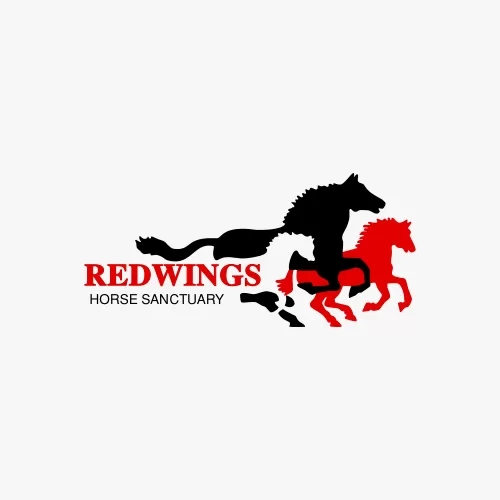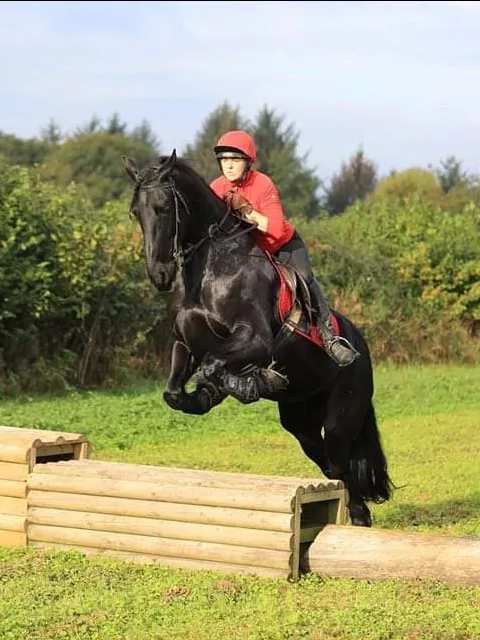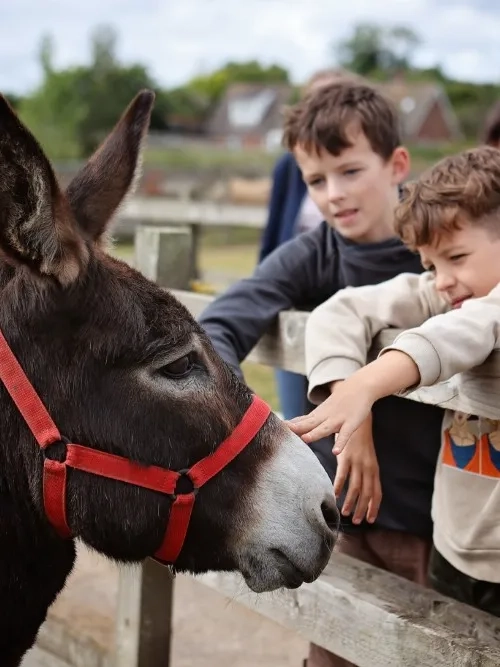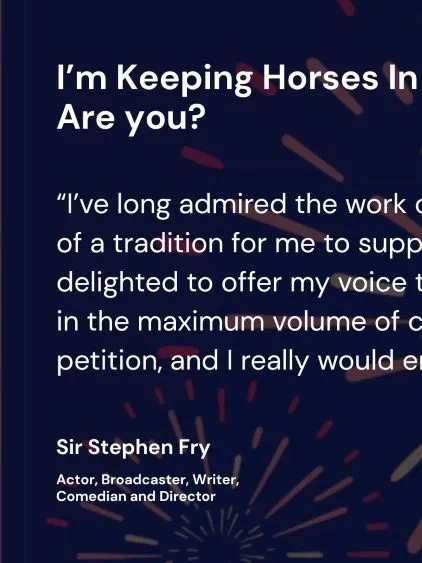22 May 2020

Andie Vilela, Redwings’ Campaigns Manager and Trainee Counsellor, offers some tips to farriers interested in learning effective ways to communicate advice with their clients and achieve better outcomes for the hoof.
For many leisure horse owners, farriers might be the only equine professional they come into contact with on a regular basis. Farrier visits also tend to be longer which allows for more time for conversation, and farriers themselves are often horsey people and key figures in the local equine community.
For many horse owners, finding a farrier is like finding a companion in their equestrian life and they will deeply trust and rely on their farrier for every horse they care for. Whilst vets are the ultimate authority on the health and welfare of horses, farriers - like yard managers - are more like experienced horsey friends who are looked to for support.
It’s this influential position that can be particularly important for struggling horse owners or those who are relatively cut off from other sources of information and advice. It’s estimated that as many as 70% of horse owners are unaffiliated to any membership body or sporting discipline. For most horse owners, therefore, their approach to horse management, riding and training is one based on the experiences of their friends or the horse owning culture they belong to.
For those horse owners who are new to, or disconnected from, equestrian knowledge and experience, the farrier might be the first or only qualified equine professional they come into contact with, so they are vitally important and influential to help owners find their feet with their new horse or to advise on any horse management issues they have not faced before.
It takes time for newly qualified farriers to grow their client base. In the years after qualifying, the pressure to establish their business can mean travelling further for clients and taking on larger numbers of new or less experienced horse owners. This means they’re likely to come into regular contact with horses with a variety of health and behaviour issues, and arguably with more complicated hoof pathologies, conformations and handling issues. For these owners and their horses, their farrier has an opportunity to become an important source of guidance and support.
Farriers are skilled in the assessment of the horse’s foot and limb conformation, and foot pathologies, as well as implementing the correct trimming or shoeing solution for the horse’s needs. However, they’re also increasingly recognised for the value of their communication skills.
Communication skills can help or hinder a person’s progress in looking after their own health and hence health professionals are trained in skills such as Motivational Interviewing. The same principles might apply to owners achieving the best health and training outcomes for their horses and so, more recently, this and similar training has become available to vets and equine behaviourists. It is not yet part of farrier core training but could help farriers improve their client relationships, which could lead to better outcomes for the horse.
Academic research has identified that farriers use sophisticated, interpersonal communication skills yet these might be learned through trial and error or influenced by their own personality type and experience. For that reason, and particularly to help farriers who want to strengthen their skills with clients they see struggling to take on their advice, we have put together a summary of tips and techniques that may help.
Download our top tips for client communication here. (PDF 321 KB)
For horse owners who want to make the most of their farrier’s visit, please remember:
The horse owner’s responsibility to their farrier
Farriers are experienced in horse handling, but it is not their responsibility, nor is it feasible, for them to train and retrain leg control and ensure horses are happy being trimmed and shod. There are also a number of responsibilities that farriers can expect when they visit a horse, as listed in the Farriers’ Code of Professional Conduct. These are:
For further reading, these links may be of interest:
Lynden, J. et al. (2017) Contracting for care; the construction of the farrier role in the management and prevention of laminitis: https://beva.onlinelibrary.wiley.com/doi/abs/10.1111/evj.129500
Well Equine: https://www.wellequine.co.uk/
Lynden, J. et al. (2020) A farrier making every contact count: A microlevel analysis of farrier-client interaction for partnership working in managing a horse with laminitis (https://www.sciencedirect.com/science/article/abs/pii/S0737080620300150)

Redwings Press Office
Find out more about Redwings Press Office



